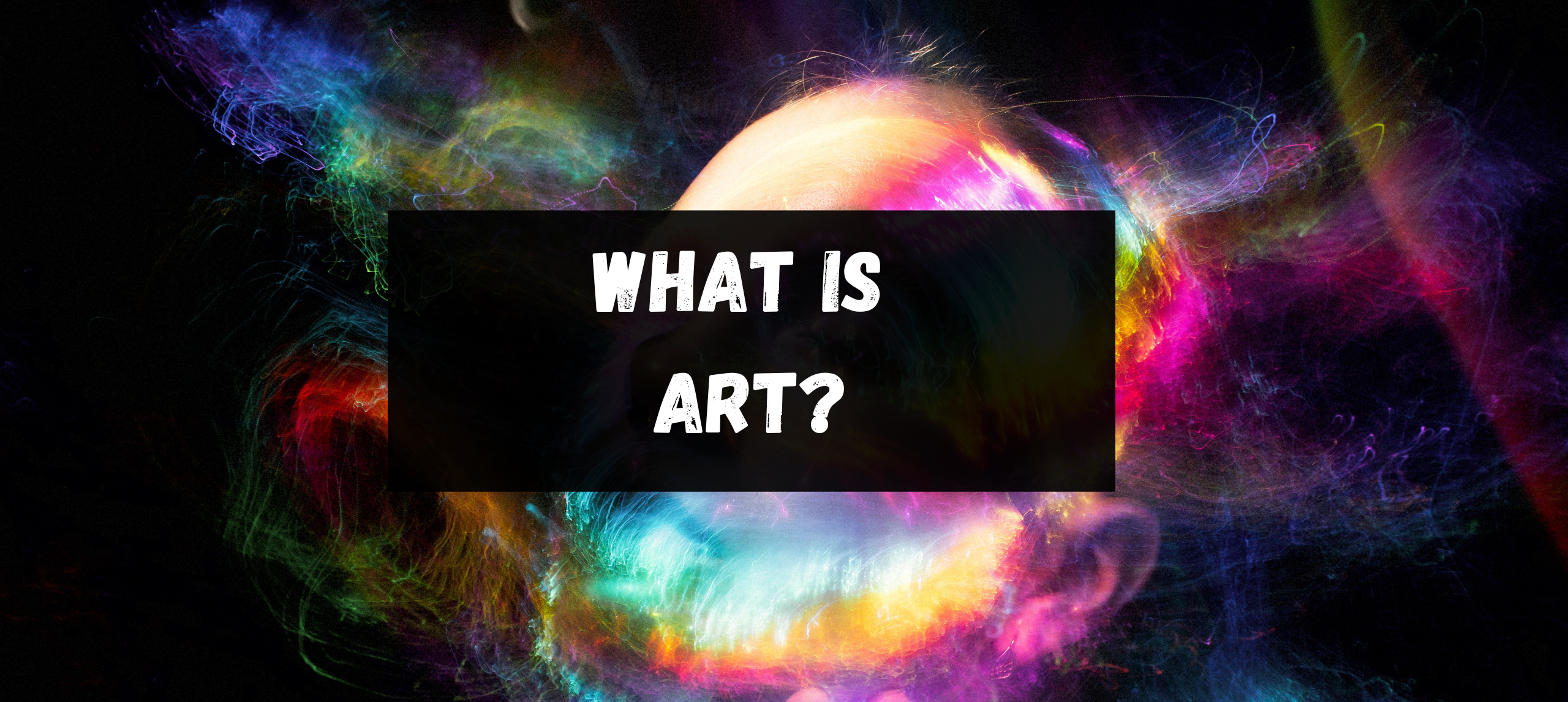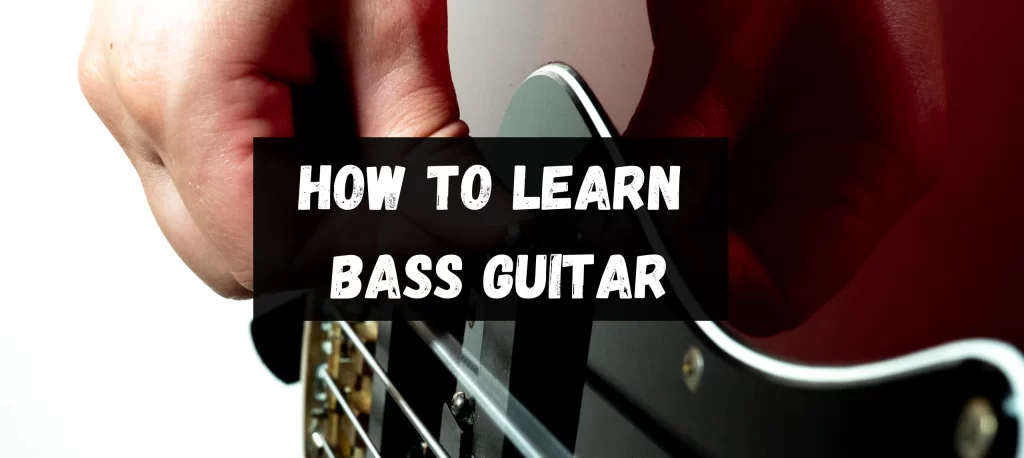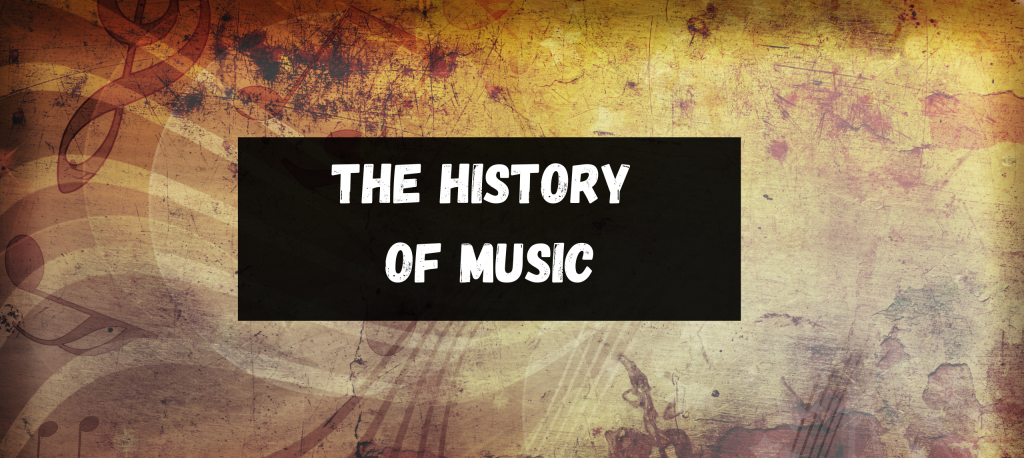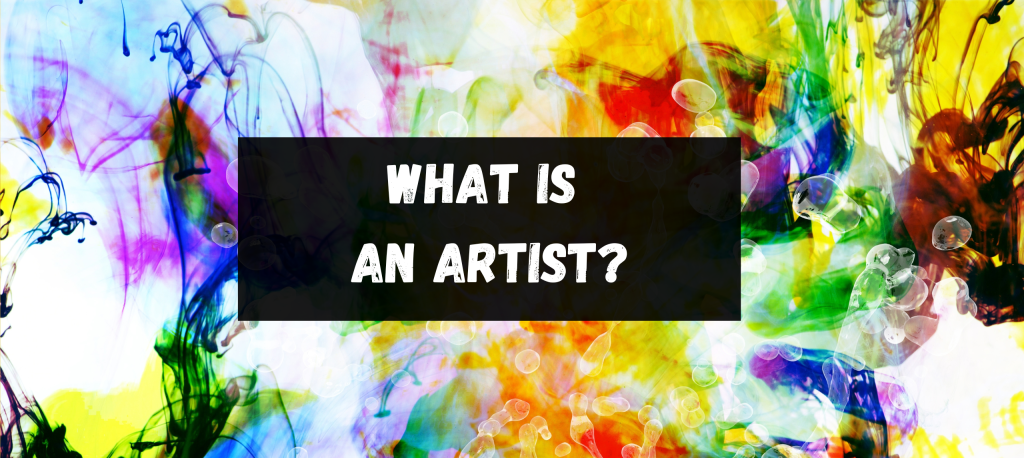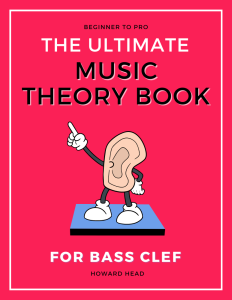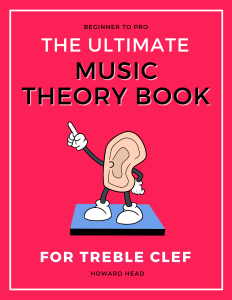August 22, 2023
Howard
Art is a diverse range of human activities that express and convey creative imagination, emotional depth, and conceptual ideas. It encompasses visual, auditory, and performance mediums that evoke emotion or represent an aesthetic concept. At its core, art reflects human experience, culture, and perspective.
From the dimly lit caves of prehistoric times to the sophisticated galleries of London’s West End, the question remains as poignant as ever: “What is Art?” The term, laden with centuries of ambiguity and subjectivity, eludes a singular definition. In its myriad forms, art has consistently reflected our societal shifts, personal musings, and deepest emotions. Yet, despite its ubiquitous presence in our lives, pinning down a universal meaning for this three-letter word is akin to capturing smoke with bare hands.
You might think you’ve grasped the essence of art, but the beauty of its very nature is that it is forever evolving, ever elusive. This begs the compelling question – can we truly define art? Journey with us as we delve deep into the heart of this timeless conundrum, unravel its layers, and present insights that might just reshape your perception. Prepare for an enlightening voyage, for ahead lies a treasure trove of revelations.
Probing the Meaning of Art
Unravelling the vast realm of art is akin to embarking on a timeless journey. This journey, echoing through millennia, chronicles the shifting paradigms of human expression and societal evolution.
History and Evolution of Art’s Definition:
As we trace back to the rudimentary cave paintings of our ancestors, we witness depictions that capture the raw essence of life and survival. But as the sands of time-shifted, so did our artistic lens. The Renaissance era, for instance, heralded a new dawn; it championed realism and celebrated the human form, marking a dramatic departure from the spiritual-oriented art of the Middle Ages. Yet, as centuries passed, the 20th century ushered in an era of audacious expression. Movements like surrealism and abstract expressionism not only redefined art but also questioned its very essence and purpose.
Art’s Relationship with Beauty:
The ancient Greeks, epitomised by thinkers like Plato, were some of the earliest to muse on the deep nexus between art and beauty. To them, true art manifested the ideal form of beauty. However, as the world evolved and cultures converged and clashed, so did our perceptions of art.
- A Broadening Spectrum: Over time, art began to transcend traditional notions of ‘beauty’, embracing concepts of abstraction, distortion, and even aspects deemed grotesque.
- Modern Interpretations: Today, the confluence of art and beauty remains a vibrant topic of debate. While many hold that art’s value is deeply intertwined with its aesthetic appeal, others argue that its power lies in provoking thought, stirring emotion, and challenging societal constructs.
In its essence, art has consistently mirrored the zeitgeist of its era, reflecting not just individual emotions but also the broader currents of societal change. As we continue our exploration, we realise that while art’s definition may remain elusive, its power to inspire, challenge, and transform is undeniable.
The Underpinnings of Art: A Dive into Its Roots
Art graces our lives daily, from the bustling streets of modern British cities to the tranquil corridors of the nation’s world-renowned galleries. But to truly appreciate its splendour, it’s crucial to delve into the foundations from which art draws its essence.
The Etymology of ‘Art’:
The word ‘art’ originates in the Old French term ‘art’, derived from the Latin word ‘ars’, translating to ‘skill’ or ‘craft’. Intriguingly, it pertains to the aesthetic allure and the mastery of a particular craft or knowledge. This broad denotation reflects the vast spectrum art covers, from a painter’s skilled brushstrokes to a poet’s articulate musings.
Philosophical Musings on Art:
Philosophers have long grappled with art’s nebulous nature. The likes of Aristotle considered art as mimesis, an imitation of life. Centuries later, Kant ventured into aesthetics, musing on art’s ability to evoke a universal sense of beauty. Yet, more contemporary thinkers, drawing perhaps from postmodernist influences, have championed the idea that art’s value lies not in its representation but in its intention and discourse.
Philosophically, art also serves as society’s mirror, reflecting its virtues, vices, aspirations, and anxieties. It holds a mirror up to society, pushing boundaries and often serving as a precursor to change.
Historical Contexts Shaping Art:
The winds of history have significantly influenced the trajectory of art.
- Ancient Civilisations: From the geometric precision of ancient Egyptian murals to the symbolic frescoes of Roman abodes, early civilisations utilised art as a medium of storytelling, spiritual communion, and societal documentation.
- The Middle Ages and Beyond: As Europe plunged into the Middle Ages, religious themes dominated the art scene, later replaced by humanistic portrayals during the Renaissance. Fast forward to the industrial age, and we witness art echoing optimism and scepticism, heralding movements like Romanticism and Modernism.
- Contemporary Era: Today, in our globally connected yet fragmented world, art captures myriad emotions, from existential angst to unbridled joy, challenging conventions while seeking solace in tradition.
Art and Culture: A Mirror to the World
In every brush stroke, every chisel mark, every poetic line, art mirrors the society from which it emerges. It serves not just as a representation of individual creativity but as a reflection of cultural values, traditions, and norms. For the British reader, this connection between art and culture is not merely an abstract concept; it’s something we experience daily. Let us explore a few case studies that highlight how art represents different cultures around the globe.
1. French Impressionism: A Revolution in Perception
The Impressionist movement, born in France in the late 19th century, challenged the rigid artistic norms of the time. Artists like Monet, Renoir, and Degas sought to capture the fleeting effects of light and atmosphere. This creative revolution mirrored a broader cultural shift towards modernity and individual perception. French Impressionism reflected a society in flux, grappling with the effects of industrialisation and urbanisation.
- Artists: Monet, Renoir, Degas
- Themes: Fleeting effects of light and atmosphere
- Reflection: A broader cultural shift towards modernity and individual perception in a society grappling with industrialisation and urbanisation
2. Indian Miniature Painting: Tradition and Narrative
Indian Miniature paintings, dating back to the 7th century, are integral to the subcontinent’s artistic heritage. These detailed and colourful works tell stories from epics, mythology, and royal history. The themes and motifs reveal much about the region’s social values, religious beliefs, and cultural diversity. It’s a window into a world where tradition and narrative intertwine, reflecting the rich tapestry of Indian society.
- Period: Dating back to the 7th century
- Features: Detailed, colourful works telling stories from epics, mythology, and royal history
- Reflection: Rich insights into regional social values, religious beliefs, and cultural diversity
3. Brazilian Street Art: Voice of the People
Brazil’s vibrant street art scene, particularly in cities like São Paulo and Rio de Janeiro, is more than mere urban decoration. Artists such as Os Gêmeos use walls and public spaces to comment on political issues, social inequalities, and local culture. This art form is democratic and accessible, reflecting the spirit of a nation that values self-expression and is unafraid to confront its challenges.
- Cities: São Paulo and Rio de Janeiro
- Artists: Such as Os Gêmeos
- Themes: Political issues, social inequalities, and local culture
- Reflection: Democratic and accessible art, reflecting a nation unafraid to confront its challenges
4. British Landscape Painting: A Sense of Place
Closer to home, the tradition of British landscape painting, exemplified by artists like Constable and Gainsborough, provides a unique insight into our national identity. The romantic depiction of rural scenes and the natural world reflects a particularly British sensibility, connecting us to our land and history. It’s a celebration of place and a reflection of the values we hold dear.
- Artists: Constable and Gainsborough
- Focus: Romantic depiction of rural scenes and the natural world
- Reflection: Insight into British national identity, connecting to land and history
Art is a continuous dialogue with culture from the gallery to the graffiti-covered wall. It reflects our shared human experience, our diversity, and our unity. Whether gazing at an Impressionist masterpiece or deciphering the symbolism in a miniature painting, we engage with a mirror that reflects who we are and what we value.
The Profound Influence of Art
To many, art may seem a mere embellishment to life—a painting on the wall or a melody in the background. Yet delve a bit deeper, and one finds that art’s roots penetrate the very core of our existence. For us in Britain, and indeed for humanity as a whole, the intrinsic importance of art cannot be overstated. It’s not merely an accessory but a fundamental aspect of our lives.
The Intrinsic Importance of Art to Humanity
Art is a universal language, transcending boundaries and connecting people across cultures. It’s a means of expressing our innermost feelings, thoughts, and dreams. With its rich history and diversity, the British art scene has always been at the forefront of this human expression. Consider the works of Turner, Shakespeare, or The Beatles—all distinctly different yet united in their profound impact on our cultural fabric.
- Emotional Connection: Art can evoke powerful emotions, making us feel alive, connected, and understood.
- Historical Legacy: Art preserves history, capturing moments in time, reflecting societal changes and chronicling our shared human experience.
- Inspiration and Creativity: It fosters creativity and innovation, inspiring individuals to think outside the box and see the world from different perspectives.
Art’s Influence on Politics, Society, and the Individual
The power of art goes beyond mere personal enrichment. It plays a critical role in shaping political movements, societal norms, and unique perspectives:
- Political Movements: From the anti-establishment artworks of Banksy to the poignant war poetry of Wilfred Owen, art has been a vehicle for political expression and change. It can challenge authority, highlight injustice, and rally people around a cause.
- Societal Norms: Art often challenges prevailing societal norms, encouraging us to question our beliefs and attitudes. It reflects society’s evolving values and helps foster a more tolerant and empathetic world.
- Personal Perspectives: On an individual level, art can transform our unique perspectives, enriching our understanding of ourselves and those around us. It can be a source of comfort, a catalyst for reflection, or a spark for personal growth.
The Innate Power of Art: Why Does It Move Us?
So, why does art possess this incredible power to move us? The answer lies in its ability to resonate with our shared human experience. It reflects who we are, what we value, and what we aspire to be.
- Connection to Universal Themes: Art often tackles universal themes of love, loss, hope, and despair, resonating with our shared humanity.
- Catharsis and Understanding: It offers a means of catharsis, allowing us to explore complex emotions and arrive at a deeper understanding of ourselves.
- Aesthetic Pleasure: The sheer beauty of art, its aesthetic pleasure, engages our senses and elevates our world experience.
The Connection Between Creativity and Art
How Creativity Manifests in Various Artistic Expressions
Creativity is the spark that ignites the artistic process, a nebulous force that takes shape through various artistic mediums. It’s the alchemy that turns imagination into reality.
- Visual Arts: Through painting, sculpture, and design, artists transform raw materials into expressive forms. Whether Hockney’s vibrant landscapes or Hepworth’s abstract sculptures, creativity manifests as exploring shape, colour, and texture.
- Literature: British literature is renowned for its creative prowess. From the fantastical worlds created by J.K. Rowling to the eloquent prose of Ian McEwan, the written word offers a boundless playground for creative expression.
- Music: The British music scene, rich heritage from The Beatles to Adele, showcases creativity in melody, harmony, and lyrical storytelling.
- Performance Arts: Theatre, dance, and performance art offer a dynamic canvas for creativity, where the human body and voice become the mediums of expression.
Lessons Learned from Artistic Exploration
The artistic process is not merely an end but a journey filled with insights and discoveries. What does art teach us about creativity, and what can creativity reveal about art?
- Freedom and Experimentation: Art encourages a sense of freedom and experimentation. It’s a space where failure is not a setback but a stepping stone towards innovation.
- Empathy and Understanding: Creativity in art helps foster empathy, allowing artists and audiences to see the world through different lenses. It builds bridges and promotes cultural understanding.
- Therapeutic Value: The creative process can be therapeutic, offering a means of self-expression and emotional release. Many find solace and healing in the act of creating art.
- Interdisciplinary Thinking: Art teaches us to think across disciplines, combining insights from different fields to create something unique and innovative.
The connection between creativity and art is a dance of mutual inspiration and evolution. They are facets of the same gem, reflecting light in endless directions. In Britain, where art is woven into our national identity, this connection resonates at every level of society. Whether professional artists or appreciative observers, we are all part of this creative dance. The lessons learned from artistic exploration enrich our lives, inspire our thinking, and connect us in a shared celebration of human potential and expression.
The Global Conversation: Questions About Art
Art has always been a subject of fascination, intrigue, and sometimes even controversy. From the walls of prestigious galleries to the screens of digital platforms, art prompts questions as diverse as the people asking them. In Britain, a nation with a rich artistic heritage, these questions resonate in schools, museums, theatres, and homes. They reflect our desire to understand, appreciate, and engage with art on multiple levels. Let’s explore some of these queries and look towards the future of this global conversation.
Common Questions People Ask About Art
Art’s subjective nature often leads to many questions, each probing a different aspect of this multifaceted world. Here are some common questions and the diversity of answers they can evoke:
What Is Art?
- A means of self-expression
- A reflection of society and culture
- A pursuit of aesthetic beauty
Why Is Art Important?
- For personal fulfilment and emotional connection
- As a historical record and cultural documentation
- For challenging norms and stimulating intellectual thought
How Do We Interpret Art?
- Through personal experience and emotional resonance
- By understanding the context and the artist’s intent
- Through critical analysis and scholarly critique
Is All Art Subjective?
- Many argue that art’s value and meaning are inherently subjective
- Others believe in objective standards for evaluating the artistic quality
These questions, often open-ended, invite debate and discussion, allowing us to explore the multifaceted nature of art.
The Future of Art: What Questions Might We Be Asking Next?
As art evolves, so do the questions we ask about it. In an age of rapid technological advancements and global interconnectedness, the future of art presents exciting possibilities and new inquiries:
How Will Technology Shape Art?
- Technology is pushing the boundaries of artistic creation and experience from virtual reality to AI-generated paintings.
- How will these advancements redefine what we consider art?
What Role Will Art Play in Social and Environmental Issues?
- Can art become more potent in addressing global challenges like climate change, inequality, and social justice?
- How will artists contribute to these conversations?
How Will Art Navigate Cultural Sensitivities and Globalisation?
- How will art respect and reflect diverse cultural identities as the world becomes more interconnected?
- How will globalisation impact local art traditions and expressions?
The questions about art are as varied and profound as art itself. They reflect our ongoing quest to understand this essential human culture and expression aspect. These questions resonate deeply in Britain, where artistic inquiry is a valued part of our national discourse. They invite us to engage with art, not merely as passive observers but as active participants in a global conversation. The future of this dialogue promises to be as dynamic and enriching as art itself, pushing us to explore new horizons and continue this timeless exploration of creativity, meaning, and human connection.
Conclusion: Art as an Ongoing Exploration
The fascination with art permeates the fabric of British life in the corridors of the Tate Modern, the open-air sculptures of the Yorkshire Sculpture Park, or the intimate spaces of local galleries. As we’ve journeyed through the complexity and wonder of art’s manifold forms, we’ve discovered that art is not a static entity confined to a frame or a stage but an ongoing exploration. It’s a living, breathing conversation that resonates with our history, identity, and dreams.
Art’s multifaceted nature is what makes it so captivating. It can be a personal solace, a rallying cry, a reflection of beauty, a challenge to convention, or all these things simultaneously. From philosophical ponderings to raw emotional power, art’s ever-evolving definition is as diverse as those who engage with it.
Yet, this exploration is not solely reserved for artists, critics, or scholars. It’s an invitation extended to everyone, regardless of background or expertise. The beauty of art lies in its democratic nature; it encourages us to see, feel, question, and, most importantly, think for ourselves.
So maybe the overall purpose of art is simply to generate a response from the spectator, so that they too, can become a participant.
Want to know What is Music?
You May Also Like

Howard Head
I turn confused bass enthusiasts into bass gods through a simple and logical process.


